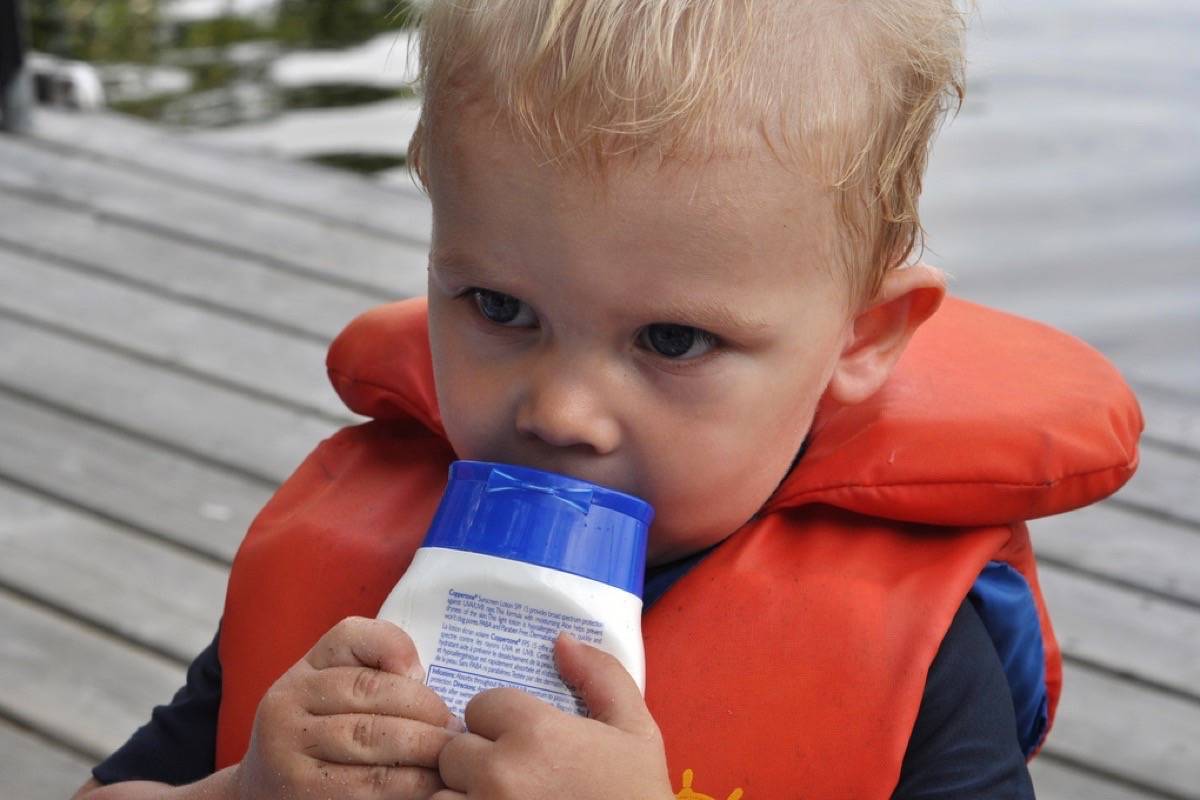“The phrase ‘healthy tan’ is an oxymoron,” says Dr. Harvey Lui. “A tan is a sign that you’ve damaged your skin. Your body responds to that injury with a tan as a way of repairing the skin.”
Lui—a medical dermatologist with the BC Cancer Agency and a professor of dermatology and skin science at UBC—says that there are several myths about staying safe in the sun, one of which is that if you get a sunburn at the beginning of the summer season, you will then tan and be okay; hence his caution that there is no such thing as a healthy tan. “A sunburn is nature’s warning that you shouldn’t be doing this.”
Another myth is that if the sky is cloudy, the weakened sunlight will not be damaging to your skin. “There is a significant amount of UV [ultraviolet] rays still reaching the earth. And if it’s cold, people might let their guard down. If it’s sunny but cold there’s still a risk, because it’s the invisible UV rays damaging the skin, not the heat.”
Lui says that it takes decades for skin cancer to develop, and that the damage starts in childhood. “It’s really important for people to realize that research is showing that the risk of developing melanoma [a malignant tumour] correlates with the sun you got early in life.
“With early sun exposure, such as a few bad burns or tanning, the cells get damaged. It takes decades for the cancer to develop, so parents need to protect their children. Even if everyone started practising good sun prevention today, we would still be seeing an increase in skin cancer for the next 20 to 40 years.”
Being in or around water during summer—whether it be a pool, lake, river, or ocean—means people need to take extra precautions to keep their skin safe. “If you’re by a pool, say, on a sunny day you’re getting lots of sun on your skin, and you could also be getting a reflected dose of light off the water.”
Anyone going in the water needs to apply sunscreen before they do so. “The sun’s rays can penetrate the water, and when your head is above the water you’re getting the sun plus a reflection from the water.” Sunscreen also needs to be reapplied when you come out of the water.
When it comes to sunscreen, Lui says a common error is not applying enough. “People often use only a quarter or half as much as they need.” And while people are pretty good about applying sunscreen to their face, they often forget to put it on their ears, behind their ears, and on the back of their neck.
He recommends that people look for a sunscreen with an SPF [sun protection factor] of 30 or higher. “Thirty is the bare minimum; as high as 50 or 60 is even better. It’s not more expensive.”
People should also ensure that the sunscreen is a broad spectrum one, covering UVA and UVB rays, and should look for the logo of the Canadian Dermatology Association. “They have reviewed all sunscreens, and feel these ones are effective.”
He adds that any sunscreen that is labelled as being specifically for children is a marketing thing, nothing more. “There’s no such thing as sunscreen for children. There’s no difference. The same sunscreen can be used by everyone in the family.”
Lui also cautions against buying spray-on sunscreen. “Sunscreen in a spray bottle is convenient, but it’s very expensive, because you’re just spraying a lot of it into the air.”
He adds that while some people get anxious about using sunscreen (“They worry about putting chemicals on their skin”), and acknowledges there is a theoretical concern that these materials might cause damage, a person would have to apply gallons of sunscreen to theoretically absorb trace elements of chemicals.
“It’s wiser to protect your skin than to avoid sunscreen.” He notes that sun greatly accelerates the aging process, and increases wrinkles later in life. “I tell people next time they’re in front of a mirror to look at their face and then look at their bum. They’re both the same age, but you don’t get wrinkles on your bum, because it doesn’t get exposed to the sun.”
Since the sun’s rays are strongest between 11 a.m. and 3 p.m., Lui advises people to try to stay out of the sun during those hours. “If you’re a gardener, the nicest time to garden is early in the morning or in the evening. It’s much safer and cooler.” Gardeners should wear a broad-brimmed hat with a brim as wide as their palm extending all around it. “Baseball caps are cool, but they were designed to help a baseball player see better in sunlight, not protect him from the sun.”
Since gardeners are often looking down, they need to apply sunscreen to their ears and neck. Hikers need to pay attention to these areas as well, especially if they are walking with their back to the sun.
Another myth about exposure to the sun surrounds Vitamin D. “Sunlight helps make Vitamin D, but Vitamin D is also available through your diet or in supplements. And people think ‘If some sun is good for Vitamin D, a lot of sun must be better.’ Vitamin D comes in tinted bottles to protect it from the light. Extra Vitamin D is degraded by sunlight, and you will accumulate DNA damage and have a higher risk of skin cancer.”
While some clothing is marketed as being designed to protect the skin from sun exposure, Lui says it’s fine to buy less-expensive clothing that has a nice tight weave.
“The simple rule of thumb is to hold the material up to the light and make sure none gets through. Jeans are a good example; no one gets a tan through jeans.
“Simple things are fine. And common sense is the cheapest thing around.”
